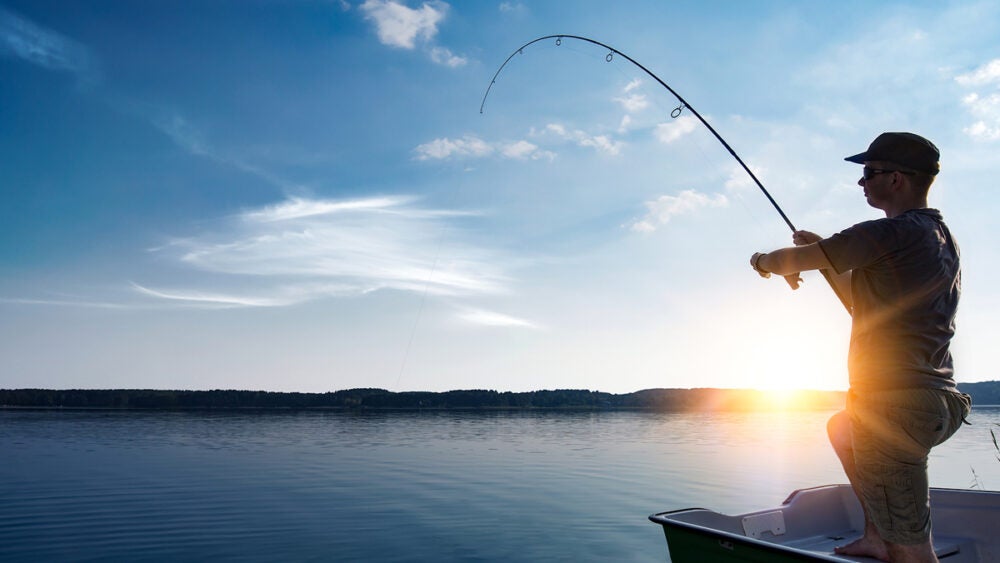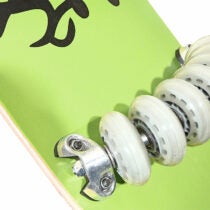Fishing is a classic pastime for a reason, it can be incredibly relaxing and also offer moments of real excitement when you feel a pull on your line.
Getting started is easy, too. With a rod, the right reel, and some tackle, you’re on your way. Below we highlight the reel basics needed to get started.
Reel Basics 101
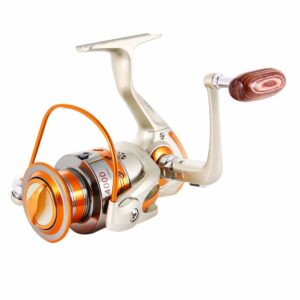
The Spool
The spool is the part of the reel that holds the line and can be internal or external on the reel.
The Drag Adjustment
A drag adjustment is the norm on every fishing reel. Its purpose is to allow you to control the line that a fish is pulling back off the spool. The drag adjustment helps you to really hold your own against bigger fish who may be putting up a fight while minimizing the chance of the line breaking.
OK, now that we’ve identified some key reel components, let’s talk actual reels. Below we’ve identified 4 popular types, plus a key number to be aware of.
The Spincast Reel
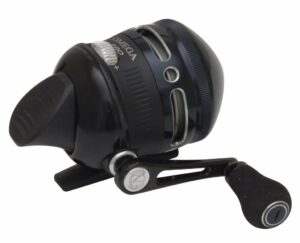
The Baitcast Reel
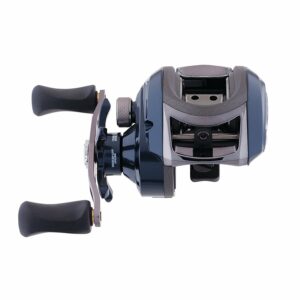
The Spinning Reel
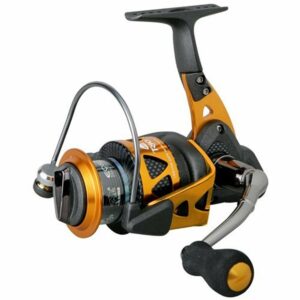
The Fly Reel
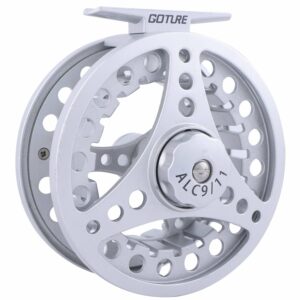
Oh, and one more thing to look out for…
Retrieve/Gear Ratio
The retrieve ratio is essentially how much of the line the reel pulls in and wraps around the pool with each rotation of the handle. The number, typically shown as something like 5.2:1 or 7.1:1, etc., can change depending on the reel you have. Beginners usually want to start with a lower retrieve or gear ratio.
Cover photo above by Bigstock.com / REDPIXEL.PL

